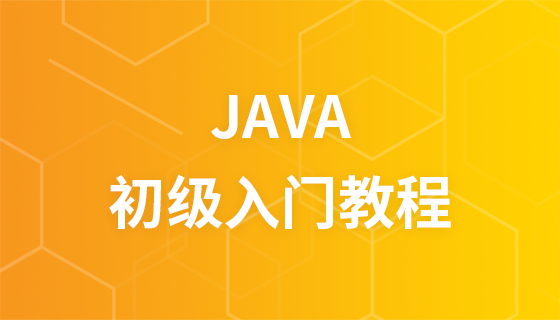
C is a common language for embedded systems programming because it allows fine control over the underlying hardware. Practical examples are as follows: initialize MCU, set clock, port pins and registers. Configure the LED pin to output mode. Use a cycle to cycle the LED pin so that it blinks once per second.

Programming Embedded Systems in C: Taking Control of the World Around You
Introduction
Embedded systems are everywhere, from our cars to our home appliances and industrial equipment. They are typically powered by a microcontroller (MCU), a small, low-power computer designed to perform specific tasks.
The role of C language in embedded systems
C language is a commonly used language for embedded system programming. It is a low-level language, which means it allows programmers direct access to the hardware. This is critical for building systems that require fine control over the underlying hardware.
Embedded C Programming Practice
In order to demonstrate the power of embedded C programming, the following is a practical case:
Blinking LED
This case will guide you to use C language to blink LED. You will need the following equipment:
Here are the steps:
Code example:
#include <avr/io.h>
int main() {
// 初始化 MCU
DDRB |= (1 << PB5); // 将 LED 引脚设置为输出
while (1) {
// 闪烁 LED
PORTB ^= (1 << PB5); // 翻转 LED 引脚
_delay_ms(500); // 等待 500 毫秒
}
return 0;
}Conclusion
C programming is essential in embedded system development Few skills. By understanding the C language and applying real-world examples, you can build powerful embedded systems that control the world around you.
The above is the detailed content of C Programming for Embedded Systems: Control the World Around You. For more information, please follow other related articles on the PHP Chinese website!




